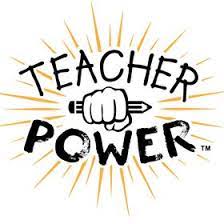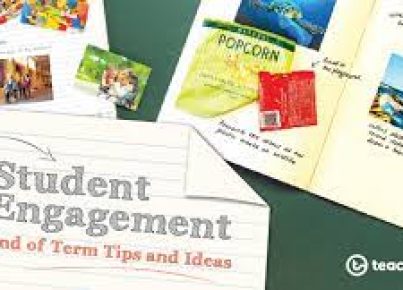Introduction
In school settings, teachers are often entrusted with maintaining a disciplined and conducive learning environment. To achieve this, they may need to resort to various disciplinary actions, such as confiscating unauthorized items or, in some cases, using force. However, such actions raise questions about the balance between a teacher’s duty to discipline and a student’s rights. This article examines the ethical dimensions of teachers exercising their powers through confiscation and use of force.
Confiscation – A Necessary Action
Every day, teachers are faced with managing a large number of students and maintaining order in the classrooms. Often, they must address issues like students bringing prohibited items into class or utilizing their personal devices during instructional time. Confiscation becomes a crucial part of classroom management to prevent disruption or further issues from arising.
The confiscation process allows educators to set clear boundaries regarding what is permissible within the classroom, protecting both students and teachers from potential harm. This is especially relevant as technology continues to infiltrate classrooms – ensuring that personal devices are hidden away eliminates distractions.
While it is essential for teachers to maintain an engaging educational environment, they should also prioritize transparency and communication. Explicit explanations should be provided to students about why their belongings were confiscated and emphasize the importance of obeying established rules.
Use of Force – The Fine Line
Unlike confiscation, the use of force in schools can become a complex issue involving both ethical and legal considerations. Teachers’ authority over their students does not equate with unrestrained power; instead, they must act within their jurisdiction when dealing with disciplinary situations.
In many countries, the use of corporal punishment in schools is no longer accepted and has been replaced by a “reasonable force” guideline. It permits limited use of physical intervention by educators only when necessary to protect themselves or others from harm or maintain order in the classroom.
However, even with the “reasonable force” framework, the lines may blur on what actions teachers should and should not take. The use of force should always be carefully considered, ensuring it is proportional to the circumstances, does not violate any student’s rights, and adheres to school policies.
Balancing Power and Responsibility
At the heart of the issue surrounding teachers’ authority in regards to confiscation and use of force is striking a balance between maintaining order in the classroom and respecting students’ rights. Educators must never abuse their position but rather act firmly and fairly in promoting fair treatment among students.
Professional development programs should incorporate guidance on how to properly address disciplinary issues while respecting students’ rights. The education system must provide ongoing support for teachers in managing classroom behavior, offering a range of non-violent disciplinary measures as alternatives to using force.
Conclusion
Teachers play a critical role in fostering a positive learning environment and steering their students down the right path. While confiscation can be an essential tool for preserving order in classrooms, it is equally crucial to consider students’ rights. Similarly, when using force becomes necessary, its deployment must remain grounded within ethical principles and legal boundaries. By engaging in continuous learning and keeping students’ well-being as their top priority, educators can skillfully navigate the complexities that come with practicing discipline in the classroom.





